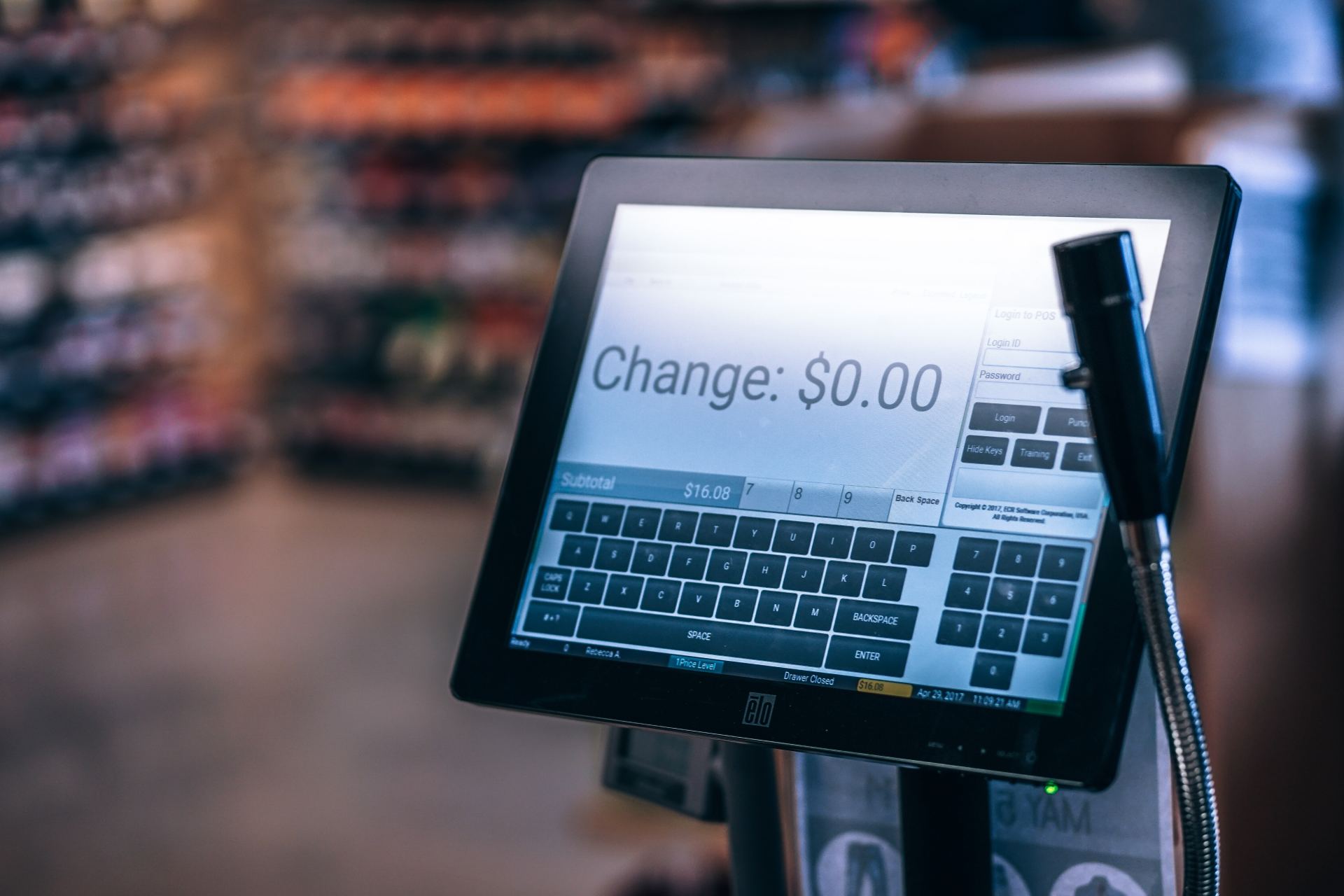
The Nevada Department of Taxation (NDOT) recently released sales and tax data from the state’s legal cannabis market for January 2019. Total retail revenues, as well as those from the adult-use sector specifically, both increased compared to the month prior, with the latter reaching a new all-time high for the state’s recreational market. However, combined medical and adult-use sales remained comparable to monthly totals documented in Q4 2018. Meanwhile, collections from the state’s wholesale excise levy bounced back after a sharp drop in the final month of last year, indicating that the state’s growers resumed wholesale transfers with the advent of more favorable tax rates at the start of 2019.
According to NDOT data, Nevada cannabis retailers generated almost $52 million in revenue in January, up a bit from over $51.8 million in sales in December 2018. Those figures include both retail sales of adult-use and medical cannabis, with January’s up by 0.1% compared to December’s cumulative revenues. January 2019’s total taxable sales in Nevada are up by 23% year-over-year, compared to over $42.1 million in cumulative revenue recorded in January 2018.
Of January 2019’s sales total, almost $47.1 million was constituted by adult-use cannabis sales, or 90.8% of overall monthly revenues. In December 2018, over $43.8 million in adult-use sales made up 84.6% of total revenue. January’s retail revenues from the adult-use market are up by 7.4% from those documented in December 2018. January’s sales also represent an all-time high for monthly recreational revenues, topping the previous peak of over $45 million recorded in November 2018.
Sales of cannabis to medical patients, as well as any revenues from other goods, decreased by roughly 40% from December to January, from almost $8 million to just under $4.8 million, respectively.
January is the fourth consecutive month in which total retail revenues have exceeded $50 million. However, in that period cumulative monthly sales from both the medical and adult-use sectors have hovered within a tight range, between a low of over $51.6 million in October 2018 and a high of over $52.5 million in November 2018, a figure that still represents the all-time peak monthly sales total for Nevada’s legal market.
January 2019’s total monthly retail sales represent a slight downturn from the monthly average for Q4 2018, which was just over $52 million. Q3 2018 saw average monthly sales of almost $47.8 million. From a monthly perspective, sales growth has leveled off after jumping over the $50 million mark for the first time in October of last year. Additionally, if trends from other adult-use markets such as Colorado and Oregon hold, Nevada may see another month-over-month downturn in total retail sales in February.
On the production side, Nevada’s 15% wholesale excise tax applies to transfers of product in both the adult-use and medical sectors of the state’s legal cannabis industry. Receipts from the state’s supply-side excise tax in January increased to over $3.76 million, up by 22.5% from over $3.07 million collected in December 2018.
December 2018’s anomalously low wholesale tax receipts were likely due to tax considerations on the part of licensed cultivators. Nevada’s Department of Taxation (NDOT) released new Fair Market Values (FMVs) for wholesale product categories in the state’s legal cannabis market for H1 2019, with most down from those in effect for H2 2018. Consequently, if cultivators could hold off on transfers to commonly-owned processing or retail operations, or from wholesale trading in general, they could then move products in January and have them subject to lower wholesale tax rates, in some cases significantly so. This appears to have been what transpired, as January 2019’s collections from the excise tax on cultivators were comparable to the over $3.83 million collected in November 2018, prior to the release of FMVs for H1 2019.
Despite evidence that cultivators held off on wholesale transfers and trading in December 2018, our price assessments for January 2019 show relative stability in wholesale prices for flower in the state’s market. On a weekly basis, prices were very steady in January and have declined significantly in the following months. Lack of observed upward pressure on wholesale rates after growers refrained somewhat from wholesale transfers in the final month of last year indicates that retailers and processors generally have sufficient inventories of plant material on-hand to meet their needs.